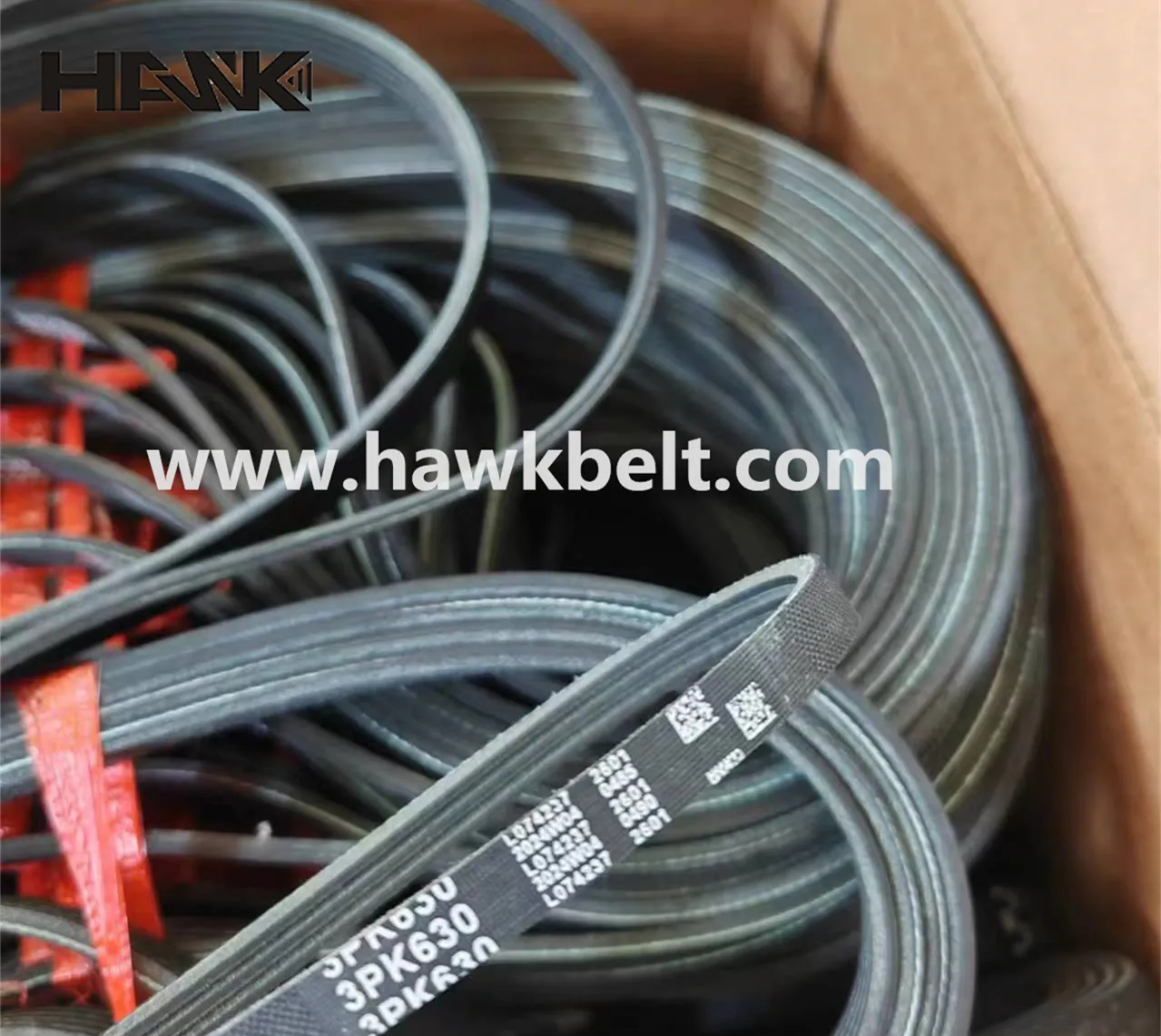- Arabic
- French
- Russian
- Spanish
- Portuguese
- Turkish
- Armenian
- English
- Albanian
- Amharic
- Azerbaijani
- Basque
- Belarusian
- Bengali
- Bosnian
- Bulgarian
- Catalan
- Cebuano
- Corsican
- Croatian
- Czech
- Danish
- Dutch
- Afrikaans
- Esperanto
- Estonian
- Finnish
- Frisian
- Galician
- Georgian
- German
- Greek
- Gujarati
- Haitian Creole
- hausa
- hawaiian
- Hebrew
- Hindi
- Miao
- Hungarian
- Icelandic
- igbo
- Indonesian
- irish
- Italian
- Japanese
- Javanese
- Kannada
- kazakh
- Khmer
- Rwandese
- Korean
- Kurdish
- Kyrgyz
- Lao
- Latin
- Latvian
- Lithuanian
- Luxembourgish
- Macedonian
- Malgashi
- Malay
- Malayalam
- Maltese
- Maori
- Marathi
- Mongolian
- Myanmar
- Nepali
- Norwegian
- Norwegian
- Occitan
- Pashto
- Persian
- Polish
- Punjabi
- Romanian
- Samoan
- Scottish Gaelic
- Serbian
- Sesotho
- Shona
- Sindhi
- Sinhala
- Slovak
- Slovenian
- Somali
- Sundanese
- Swahili
- Swedish
- Tagalog
- Tajik
- Tamil
- Tatar
- Telugu
- Thai
- Turkmen
- Ukrainian
- Urdu
- Uighur
- Uzbek
- Vietnamese
- Welsh
- Bantu
- Yiddish
- Yoruba
- Zulu
Ogo . 13, 2024 15:06 Back to list
Assessing the Impact of Timing Belt Quality on Engine Performance and Longevity
The Importance of Timing Belt Quality in Automotive Engineering
In the realm of automotive engineering, timing belts play a crucial role that is often overlooked by the average vehicle owner. These components are integral to the functioning of internal combustion engines, synchronizing the rotation of the crankshaft and camshaft to ensure that the engine's valves open and close at the proper intervals. This precise timing is essential for optimal engine performance, fuel efficiency, and overall longevity of the vehicle. Thus, the quality of timing belts is paramount.
The Importance of Timing Belt Quality in Automotive Engineering
Manufacturers have stringent standards for timing belt production, but not all products on the market meet these standards. It is crucial for consumers to use high-quality belts that comply with OEM (Original Equipment Manufacturer) specifications. OEM belts are specifically designed to match the engine's technical requirements, including dimensions, tooth profile, and material characteristics. Using inferior quality belts that do not meet these specifications can lead to discrepancies in timing and result in decreased engine performance.
timing belt quality

Moreover, the importance of timing belt quality extends beyond just the material used. The manufacturing process, including the precision of cutting and the method of bonding the fibers, can significantly impact the belt's performance. Quality assurance processes during production ensure that each belt fulfills its requirements, reducing the likelihood of defects that could lead to failure.
Regular maintenance and timely replacement of timing belts are necessary to ensure that they continue to perform effectively. Most manufacturers recommend changing the timing belt every 60,000 to 100,000 miles, depending on the specific vehicle model and engine type. Adhering to this schedule is critical, especially for high-performance engines. For instance, in high-performance vehicles, the stresses on the timing belt can be much higher than in standard vehicles, necessitating the use of premium quality belts to withstand these conditions.
Another aspect to consider is the impact of environmental conditions on timing belt longevity. Factors such as heat, oil exposure, and even the chemical composition of engine fluids can affect the material integrity of the belt. High-quality belts often have enhanced resistance to such external factors, which is crucial in prolonging their lifespan and maintaining engine efficiency.
In conclusion, the quality of timing belts is a vital consideration for anyone involved in automotive maintenance or ownership. High-quality timing belts not only ensure proper engine function but also prevent potential failures that can lead to costly repairs. For optimal performance, vehicle owners should prioritize OEM or high-standard replacement belts, adhere to recommended replacement intervals, and consider environmental influences on their vehicle. Investing in quality timing belts is, in essence, investing in the vehicle's overall health and performance, securing a smoother, more efficient ride for the long haul.
-
Korean Auto Parts Timing Belt 24312-37500 For Hyundai/Kia
NewsMar.07,2025
-
7PK2300 90916-T2024 RIBBED BELT POLY V BELT PK BELT
NewsMar.07,2025
-
Chinese Auto Belt Factory 310-2M-22 For BMW/Mercedes-Benz
NewsMar.07,2025
-
Chinese Auto Belt Factory 310-2M-22 For BMW/Mercedes-Benz
NewsMar.07,2025
-
90916-02660 PK Belt 6PK1680 For Toyota
NewsMar.07,2025
-
drive belt serpentine belt
NewsMar.07,2025

